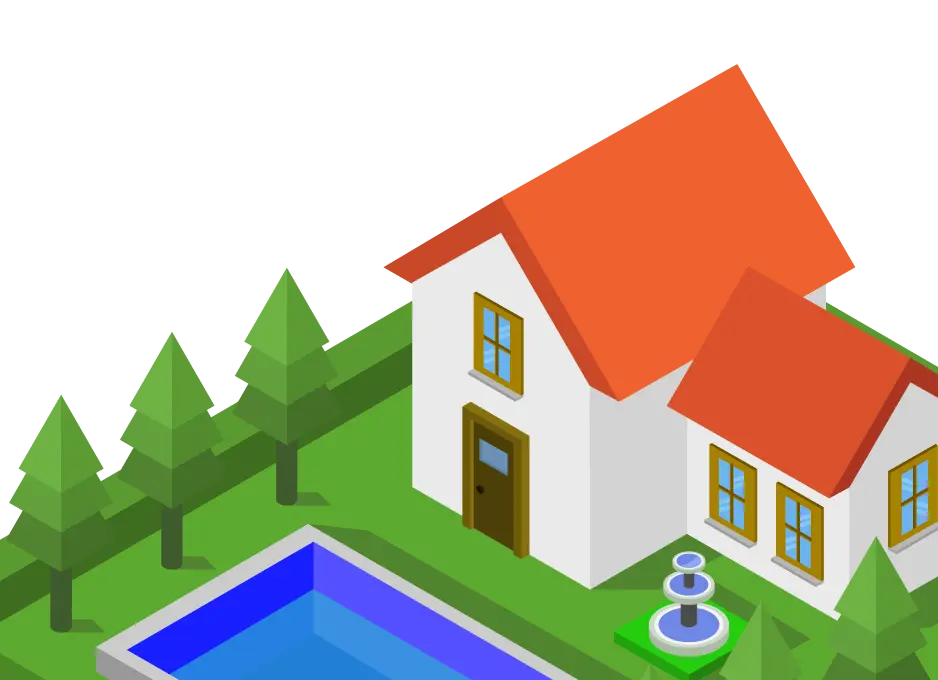Pest Profile: Carpenter Ants

Not everything that lives in wood is a termite, and not everything that bores through wood is eating the wood. Consider the carpenter ant.
There are many species of carpenter ants, but the most common house-infesting species is the black carpenter ant. It is uniformly black with yellowish hairs on the abdomen.
Carpenter Ants: The Polymorphic Pests
Carpenter ants are noticeably different from other ants. They are huge (well, most of them are). Carpenter ants are “polymorphic” meaning that the workers come in many sizes. There is a spectrum of sizes from delicate “minor workers” to medium-sized “media workers” and hefty, big-headed “major workers.” The queen resembles an extra-large major worker with a boxy thorax. Her angular thorax once held the muscles necessary for her to fly. Once she mated, she shed her wings to make it easier to burrow and tunnel. The muscles that once powered her wings were reabsorbed by her body to give her enough energy to produce her first batch of workers without having to go out and forage for food.
Carpenter ants are named for their habit of nesting in wood. They chew away at the wood with their strong mandibles, creating smooth tunnels and a characteristic sawdust, which they remove from the nest. Piles of sawdust indicate some kind of activity in your wood, and several wood-boring insects create sawdust. Sawdust produced by carpenter ants will contain shiny bits (the shells of their insect prey) as well as dead ants (usually the head capsules of deceased worker ants). Carpenter ants use wood solely as a place to live. They prefer wood that has been damaged by moisture (making it easier to chew through). They do not digest or consume the wood, but their activities can cause wood to lose its structural integrity. They are not nearly as destructive as subterranean termites, but they are still not great to have around.
Wood that has been damaged by carpenter ants is visually different from termite-damaged wood. Carpenter-ant-damaged wood has clean, sandpaper-smooth tunnels while termite-damaged wood is muddy in appearance. Subterranean termites will not produce sawdust. Since both carpenter ants and termites prefer moist wood, eliminating these conditions will discourage both insects from wanting to make a home or a meal of your wood. Keeping your gutters free from debris will prevent rainwater from trickling down your home and seeping into wood.
Carpenter ant swarmers may superficially resemble termite swarmers. There are three main ways to tell the difference. Ants have elbowed antennae (with a joint, just like your arm) while termites have straight antennae that resemble a string of beads. Ant wings are of differing sizes (forewings being larger than the hindwings) while termite wings are all the same shape and size. Ants have a pinched “waist” which gives them a slender appearance while termites are broad, chunky, and cylindrical in body form.
When in doubt, have a pest management professional identify your swarmers.
